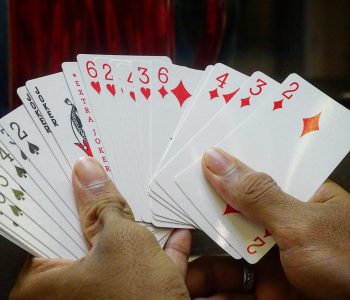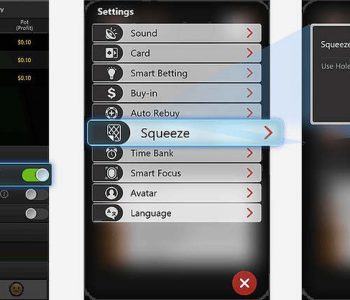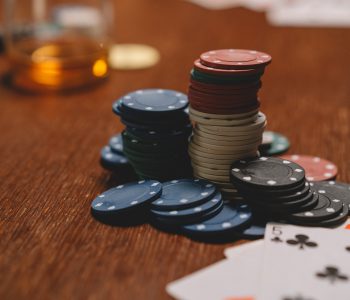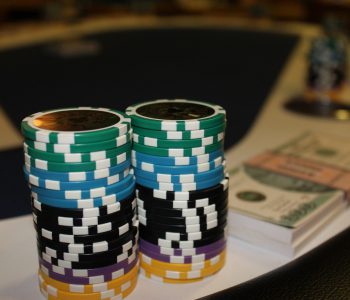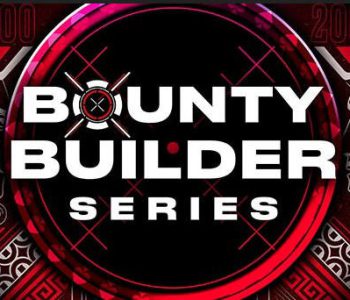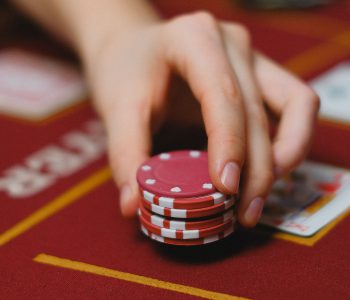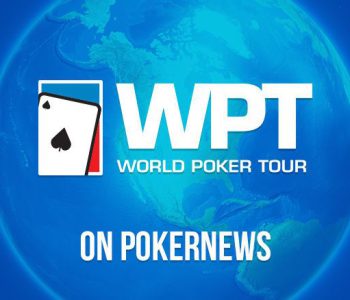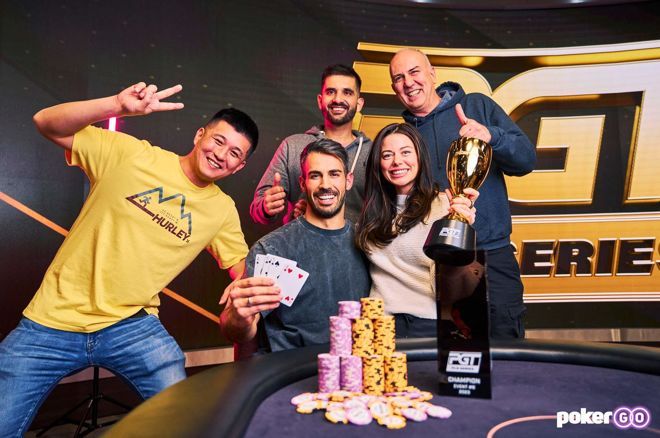 Uncategorized
Uncategorized
Lautaro Guerra Cabrerizo Wins the PGT PLO Championship for…
On the last day of the first PokerGO Tour (PGT) Pot-Limit Omaha Series in Las Vegas, Event #9: $2,200 5-Card Pot-Limit Omaha was won by Ronald Keijzer of the Netherlands for $43,700. Yet in the second half of the PLO Series, Lautaro Guerra Cabrerizo has dominated.
After winning Event #5: $10,000 Pot-Limit Omaha for $220,400, the Spaniard went on to win Events #7: $15,000 Pot-Limit Omaha Bounty and the $25,000 Pot-Limit Omaha Championship for scores of $228,000 and $518,750, respectively, for a total of $967,150.
In addition to his three cashes, which were all victories, Cabrerizo went away from the PokerGO Studio with $1,067,150 and the top spot on the PGT Leaderboard after including bonuses and the championship bonus.
Cabrerizo Crushes PLO Series
Cabrerizo, who plays PLO events nearly exclusively, according to his Hendon Mob, had no documented cashes in the PokerGO Studio prior to the start of the PLO Series. Things changed when he overcame 112 competitors in Event #5 and finally defeated Joni Jouhkimainen of Finland in heads-up play.
Cabrerizo had barely begun his career. Event #7 attracted a number of skilled Omaha crushers, including Yuval Bronshtein (8th – $45,600), Robert Cowen (7th – $57,000), and Isaac Haxton (6th – $68,400), but Cabrerizo prevailed once again.
Alex Foxen, who is no stranger to success in the PokerGO Studio, finished in third place and collected $171,000. According to PokerGO live updates, Isaac Kempton was eliminated in second place for $171,000 after he called off with trips against the straight of Cabrerizo. Kempton placed fourth in Event #2: $5,000 Pot-Limit Omaha Bounty for $37,590 earlier in the tournament.
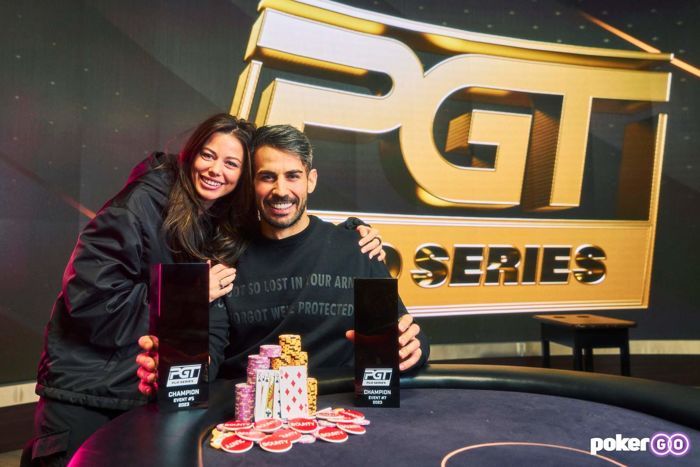
Event #7: $15,000 Pot-Limit Omaha Bounty
| PLACE | PLAYER | COUNTRY | PRIZE (IN USD) | |
|---|---|---|---|---|
| 1 | Lautaro Guerra Cabrerizo | Spain | $228,000 | |
| 2 | Isaac Kempton | United States | $171,000 | |
| 3 | Alex Foxen | United States | $125,400 | |
| 4 | Jesse Chinni | United States | $102,600 | |
| 5 | Johann Ibanez Diaz | Colombia | $85,500 | |
| 6 | Isaac Haxton | United States | $68,400 | |
| 7 | Robert Cowen | United Kingdom | $57,000 | |
| 8 | Yuval Bronshtein | United States | $45,600 | |
| 9 | Michael Wang | United States | $45,600 |
Cabrerizo had to be in high spirits before to the $25,000 Pot-Limit Omaha Championship, which attracted 114 competitors and offered a $1.7 million prize pool. George Wolff (12th – $41,500), Jeremy Ausmus (10th – $62,250), and Josh Arieh (7th – $103,750) all cashed in the PLO Championship.
Nacho Barbero and Jim Collopy were vying for their second titles of the series after Barbero won Event #3: $10,000 Pot-Limit Omaha and Collopy won Event #6: $10,000 Mixed PLO / PLO8 / Big O, but Barbero was eliminated in sixth place for $124,500 and Collopy was eliminated in seventh place for $166,000.
Following the eliminations of Chris Lee (4th – $207,500) and Krasimir Yankov (3rd – $269,750), the heads-up duel between Ren Lin and Cabrerizo resulted in the Spaniard’s career-high $518,750 victory.
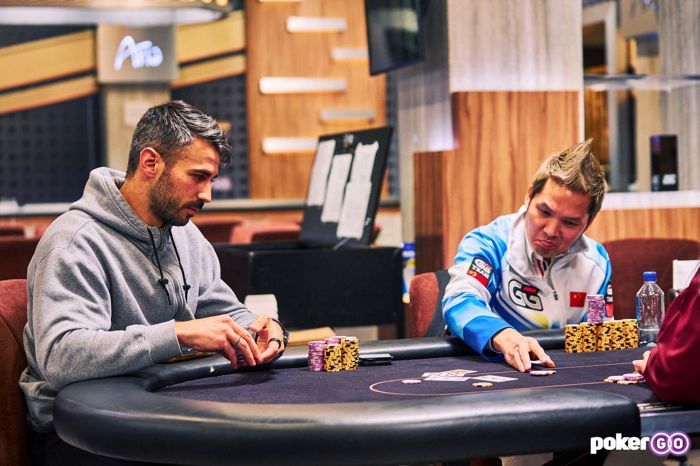
Lautaro Guerra Cabrerizo and Ren Lin
Event #8: $25,000 Pot-Limit Omaha Championship
| PLACE | PLAYER | COUNTRY | PRIZE (IN USD) | |
|---|---|---|---|---|
| 1 | Lautaro Guerra Cabrerizo | Spain | $518,750 | |
| 2 | Ren Lin | United States | $352,750 | |
| 3 | Krasimir Yankov | Bulgaria | $269,750 | |
| 4 | Chris Lee | United States | $207,500 | |
| 5 | Jim Collopy | United States | $166,000 | |
| 6 | Nacho Barbero | Argentina | $124,500 | |
| 7 | Josh Arieh | United States | $103,750 | |
| 8 | Johann Ibanez Diaz | Colombia | $83,000 | |
| 9 | Maxx Coleman | United States | $83,000 |
Keijzer defeated American Tommy Le in Event #9: $2,200 5-Card Pot-Limit Omaha to win $43,700 and conclude the PGT PLO Series.
After finishing 16th in Event #2: $5,000 Pot-Limit Omaha Bounty for $10,740 and 14th in Event #7 for $22,800, the Dutchman earned his third cash of the series with this win.
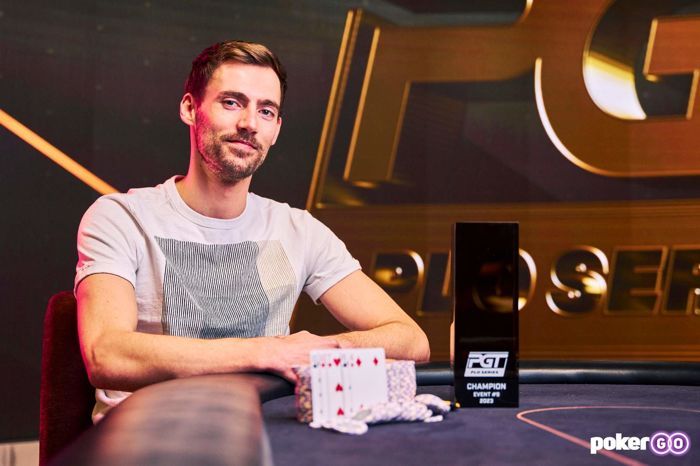
Ronald Keijzer
Cabrerizo now holds the top position on the PGT Leaderboard with 774 points, followed by Cary Katz (693 points), Foxen (544 points), and Michael Wang (501 points) (490 points).
The next event on the PGT program is the US Poker Open, which will take place from March 20 to April 3 and include No-Limit Hold’em and Pot-Limit Omaha tournaments with buy-ins ranging from $10,000 to $50,000.
The complete list of PGT PLO Series champions is shown in the table below.
2023 PGT PLO Series Winners
| DATE | EVENT | ENTRANTS | PRIZE POOL | WINNER | COUNTRY | PRIZE (IN USD) | |
|---|---|---|---|---|---|---|---|
| March 12 | Event #1: $5,000 Pot-Limit Omaha | 200 | $1,000,000 | Daniyal Iqbal | United States | $160,000 | |
| March 13 | Event #2: $5,000 Pot-Limit Omaha Bounty | 179 | $895,000 | Allen Shen | Canada | $91,290 | |
| March 14 | Event #3: $10,000 Pot-Limit Omaha | 130 | $1,300,000 | Nacho Barbero | Argentina | $234,000 | |
| March 15 | Event #4: $10,000 Pot-Limit Omaha Hi-Lo | 80 | $800,000 | Sean Troha | United States | $200,000 | |
| March 16 | Event #5: $10,000 Pot-Limit Omaha | 112 | $1,120,000 | Lautaro Guerra Cabrerizo | Spain | $220,400 | |
| March 17 | Event #6: $10,000 Mixed PLO / PLO8 / Big O | 86 | $860,000 | Jim Collopy | United States | $206,400 | |
| March 17 | Event #7: $15,000 Pot-Limit Omaha Bounty | 114 | $1,710,000 | Lautaro Guerra Cabrerizo | Spain | $228,000 | |
| March 18 | Event #8: $25,000 Pot-Limit Omaha Championship | 83 | $2,075,000 | Lautaro Guerra Cabrerizo | Spain | $518,750 | |
| March 19 | Event #9: $2,200 5-Card Pot-Limit Omaha | 95 | $190,000 | Ronald Keijzer | Netherlands | $43,700 |
Images provided by PokerGO.
Source: www.pokernews.com

